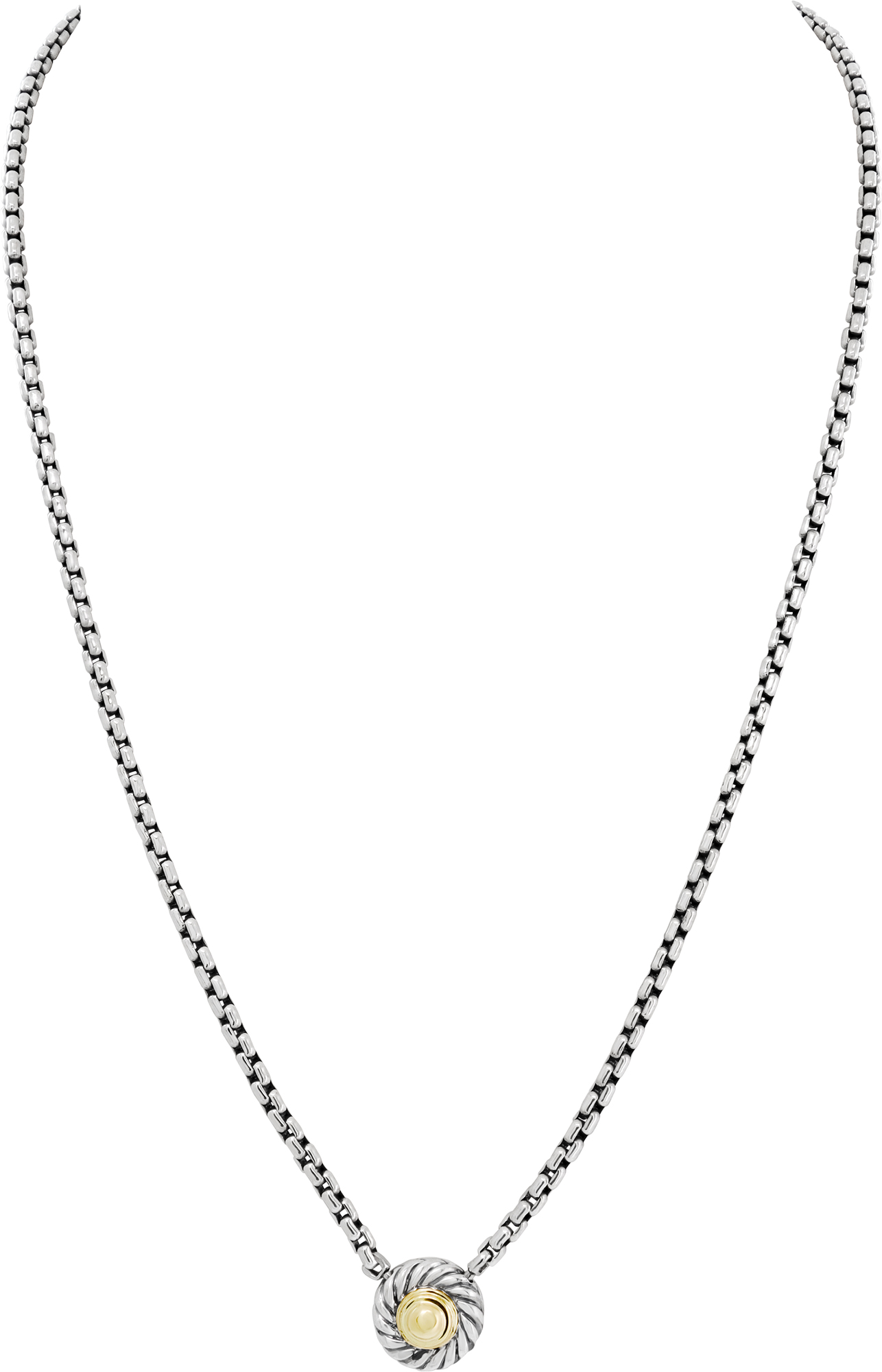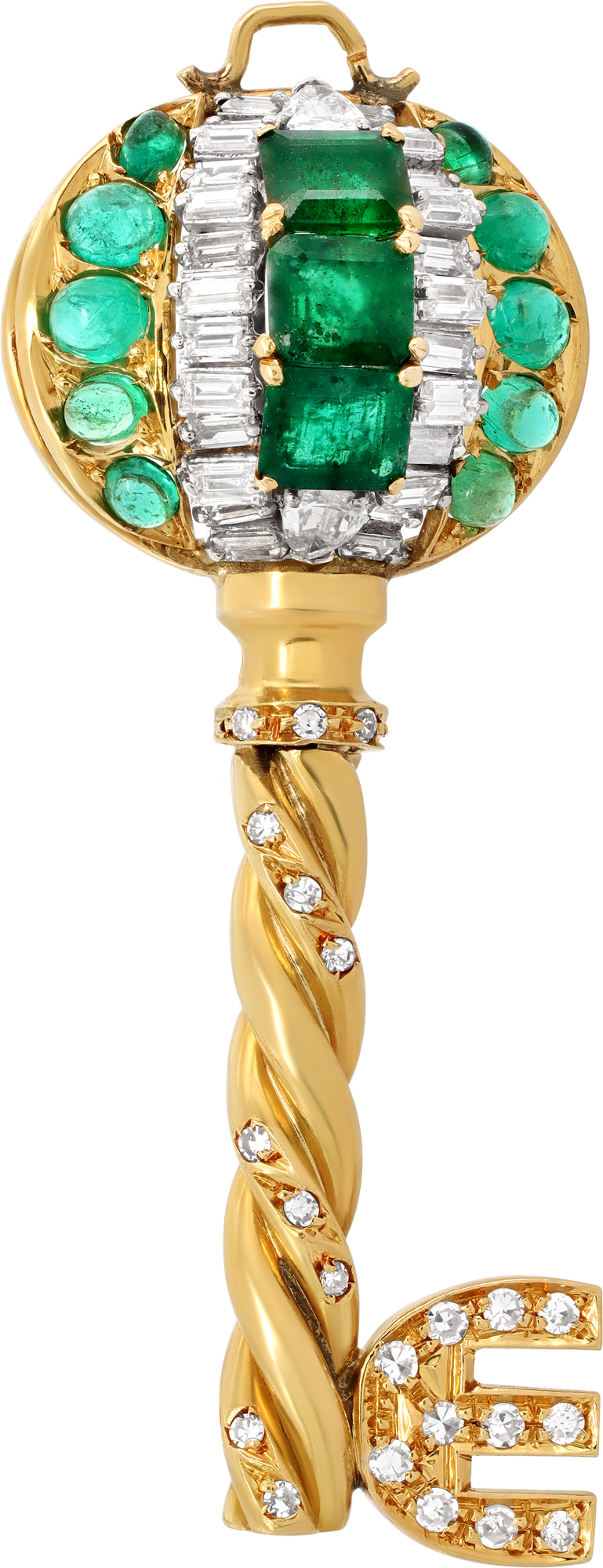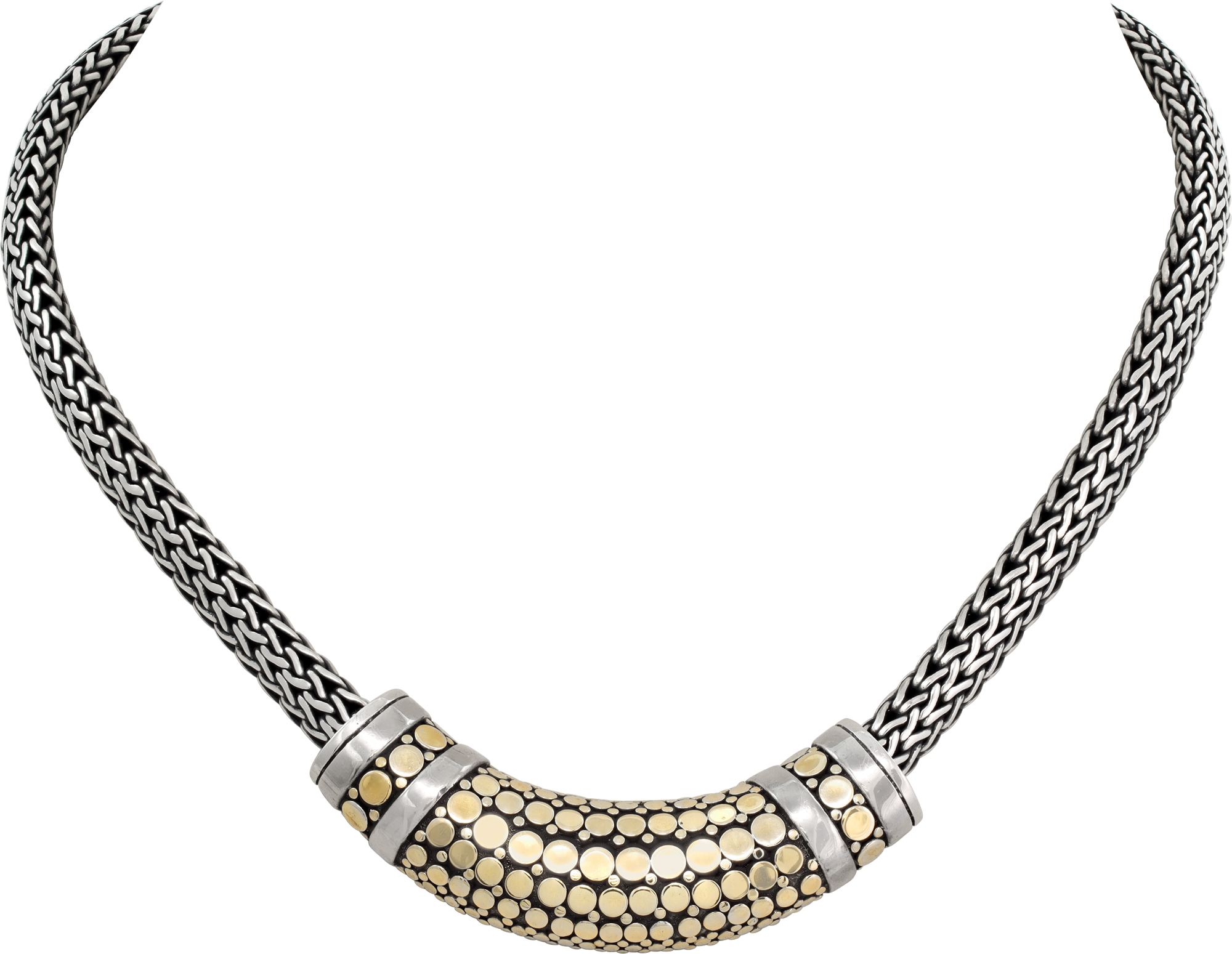
October 21st, 2025
Trick or Treasure: Costume vs Real Gold This Halloween
As Halloween approaches and costume parties fill our calendars, many of us find ourselves digging through jewelry boxes, wondering which pieces are genuine treasures and which are merely costume accessories. The art of distinguishing costume jewelry vs real gold has never been more relevant, especially for those considering whether to sell gold jewelry they've discovered during seasonal cleaning. Understanding the difference between authentic precious metals and their imitations can help you unlock hidden value in your collection.
Whether you're preparing for Halloween festivities or simply curious about your jewelry collection's worth, gold jewelry authentication requires knowledge of specific techniques and markers. Professional evaluation becomes essential when determining the true value of pieces that may appear similar at first glance. For those in South Florida seeking expert assessment, finding a trusted jewelry buyer near me ensures accurate identification and fair valuation of authentic pieces.
Understanding the Hallmark System
Genuine gold jewelry features specific markings that serve as authentication certificates. These hallmarks, typically stamped inside rings, on clasps, or along the back of pendants, indicate the gold's purity level. Look for stamps such as 10K, 14K, 18K, or 24K, which represent the percentage of pure gold in the alloy. European pieces may display numbers like 375, 585, or 750, representing parts per thousand of gold content.
Costume jewelry rarely features authentic hallmarks, often displaying misleading stamps or no markings at all. Manufacturers of fashion jewelry sometimes use deceptive markings like "GP" (gold plated) or "GF" (gold filled), which indicate only surface treatments over base metals. When examining pieces for potential sale, authentic hallmarks become crucial indicators that distinguish valuable items from decorative accessories.
For collectors looking to sell David Yurman jewelry or other designer pieces, understanding these markings helps identify authentic items worth professional evaluation. Many estate jewelry collections contain both genuine and costume pieces, making proper identification essential before approaching potential buyers.
The Weight and Density Test
Real gold possesses significantly greater density than the base metals used in costume jewelry. When held side by side, genuine gold pieces feel substantially heavier than their costume counterparts of similar size. This density difference stems from gold's atomic structure, making it one of the densest precious metals commonly used in jewelry manufacturing.
Professional buyers often employ this preliminary assessment when evaluating potential purchases. The weight test serves as an initial screening method, though it requires experience to distinguish between gold-filled items and solid gold pieces. Costume jewelry made with lightweight alloys or hollow construction feels noticeably different from solid precious metal jewelry.
Those considering selling inherited pieces or estate jewelry often discover significant weight variations within their collections. Understanding these differences helps identify which pieces merit professional evaluation and which belong in the costume category.
Visual and Color Analysis
Authentic gold maintains consistent coloration throughout the piece, while costume jewelry often shows color variation or fading. Real gold resists tarnishing and oxidation, preserving its characteristic luster over time. Yellow gold displays warm, rich tones, while white gold maintains its silvery appearance without the bluish tint often seen in costume alternatives.
Examining wear patterns reveals important authenticity clues. Genuine gold jewelry shows even aging, with high-wear areas developing a subtle patina rather than exposing different-colored base metals underneath. Costume pieces frequently display chipping, flaking, or color changes where plating has worn away, revealing copper, brass, or other base metals beneath the surface coating.
When evaluating luxury brand pieces like those suitable for Tiffany jewelry buyers, consistent coloration and finish quality become particularly important authentication factors. Designer pieces maintain superior construction standards that distinguish them from mass-produced costume alternatives.
Magnet Testing Fundamentals
Pure gold exhibits no magnetic attraction, making the magnet test a valuable preliminary screening method. Hold a strong magnet near your jewelry; authentic gold pieces show no response, while many costume jewelry items contain ferrous metals that cause magnetic attraction. This simple test helps eliminate obviously non-gold items from consideration.
However, sophisticated costume jewelry may pass the magnet test while still containing minimal gold content. Gold-filled or heavily plated items might resist magnetic attraction despite being primarily base metal construction. Therefore, magnet testing serves as a useful initial step but requires additional verification methods for conclusive authentication.
Professional evaluation services understand these testing limitations and employ multiple verification methods. For items that pass preliminary tests, seeking evaluation from experienced gold buyers near me ensures comprehensive assessment using professional-grade testing equipment.
Professional Authentication Methods
Electronic gold testers provide accurate purity readings without damaging jewelry pieces. These devices use electrical conductivity measurements to determine gold content, offering precise karat readings within seconds. Professional buyers rely on these tools for non-destructive testing, particularly valuable when evaluating delicate antique or designer pieces.
Acid testing remains the gold standard for definitive authentication, though it requires small surface scratches. This chemical testing method involves applying different acid solutions to determine exact gold content. While minimally invasive, acid testing requires expertise to perform safely and interpret results accurately.
For valuable pieces requiring authentication, professional services combine multiple testing methods to ensure accurate assessment. Those looking to sell Cartier jewelry or other luxury items benefit from comprehensive evaluation that considers brand authenticity alongside metal content verification.
Recognizing Common Deception Techniques
Modern costume jewelry manufacturers employ increasingly sophisticated techniques to mimic authentic gold appearance. Heavy gold plating, quality construction, and realistic weight distribution can fool casual inspection. Some pieces feature selective gold application on visible areas while using base metals for hidden components, creating convincing but ultimately deceptive presentations.
Beware of pieces claiming unusual gold purities or unfamiliar markings. Legitimate gold jewelry follows established purity standards, with anything claiming higher than 24K purity being scientifically impossible. Similarly, vague markings like "gold tone" or unmarked pieces claiming gold content should raise authenticity concerns.
Understanding these deception methods helps protect both buyers and sellers in the luxury jewelry market. When considering valuable pieces for sale, professional evaluation eliminates guesswork and ensures accurate value assessment.
The Value of Professional Evaluation
Expert authentication provides definitive answers while protecting valuable pieces from damage during testing. Professional buyers possess specialized equipment and extensive experience recognizing authenticity markers that casual observation might miss. This expertise proves particularly valuable when evaluating estate jewelry collections or inherited pieces with uncertain provenance.
Comprehensive evaluation considers factors beyond metal content, including craftsmanship, age, and designer attribution. Vintage pieces, designer signatures, and historical significance can dramatically impact value beyond basic metal worth. Professional assessment ensures all value factors receive proper consideration during the evaluation process.
For those ready to sell my jewelry after Halloween discoveries, professional evaluation provides peace of mind and accurate pricing. Understanding the true nature of your collection helps make informed decisions about which pieces merit sale and which serve better as costume accessories.
Making Informed Decisions This Halloween Season
Halloween season provides perfect motivation for jewelry box exploration and collection assessment. Many valuable pieces hide among costume jewelry, waiting for proper identification and evaluation. Taking time to examine your collection using these authentication techniques can reveal surprising treasures worthy of professional assessment.
Document your findings and separate potentially valuable pieces for expert evaluation. Create detailed notes about hallmarks, weight characteristics, and any unusual features that might indicate authenticity. This preliminary sorting helps streamline professional evaluation and ensures no valuable pieces get overlooked in mixed collections.
Whether your Halloween treasure hunt reveals genuine gold or identifies costume pieces for party wear, understanding these authentication principles empowers informed decision-making. For authentic pieces worthy of sale, professional evaluation through trusted jewelry buyers ensures you receive fair value for your discovered treasures.
Ready to turn your Halloween treasure hunt discoveries into cash? Our expert team at Sell Us Your Jewelry specializes in authenticating and purchasing genuine gold jewelry, designer pieces, and estate collections. Don't let valuable pieces gather dust in your jewelry box – get a professional jewelry quote today. We also purchase luxury watches, GIA certified diamonds, and sterling silver pieces. Contact us to learn more about our straightforward selling process and discover the true value of your collection.
About Us | Sell Us Your Jewelry
Call Us Now: 305 770 6955
The Purchasing and Consignment Division of Gray & Sons

Be the first to know | SEE OUR CATALOG



